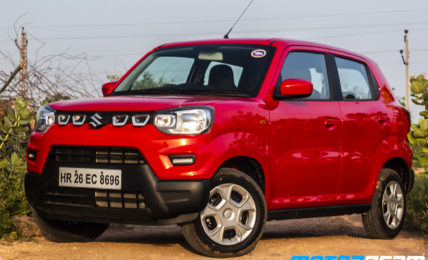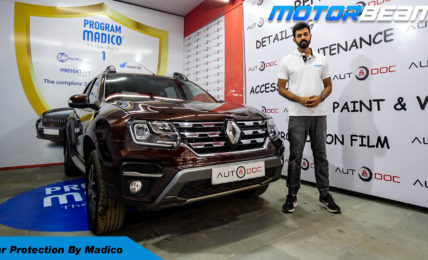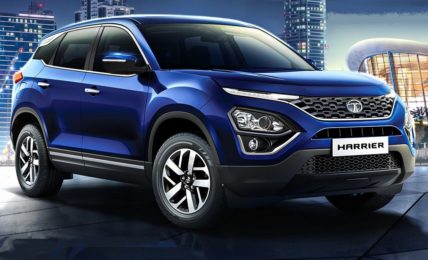The Scale Factor
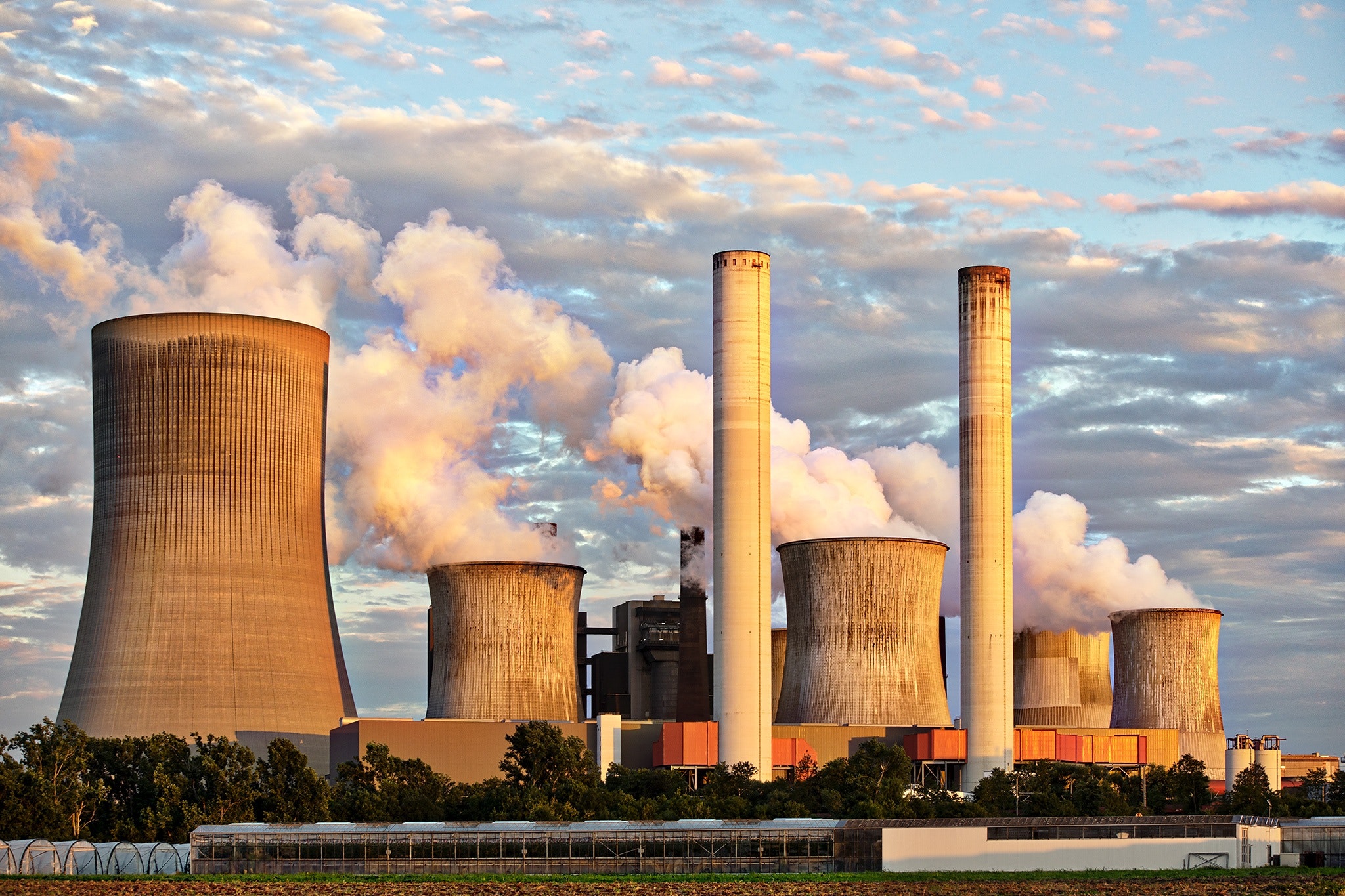
I don’t see the scale factor being talked about as much. A large part of the EV dream is that power grids will become greener across the vehicle’s lifespan, thus making the equation even better for the EV.
However, until now, the 2 major energy draws of our lives: our homes and our cars, were coming from 2 separate sources. Combining them to draw energy from a single source will levy a herculean load on what is an already strained system.
In early 2022, I was directed to this report, which painted a grim future for the summer of 2022. Yet again, this year, a very similar story crops up.
The power grid, as it stands, struggles to sustainably support even the peak load of everyone turning their air condition up to 11 during summer.
At one point, some power plants in Maharashtra had only 1.5 days’ worth of coal supply. Last year also saw the highest-ever power draw in Chennai during peak summer, and Tamil Nadu also faced very similar supply issues.
Now, to give you an idea of how much of an extra load an EV will levy on the grid, think of this: The AC in your house is perhaps one of the single largest sources of power draw. The average AC can draw 1.2kW of power from the grid at any given moment (when the compressor is on).
The Tata Nexon EV comes bundled with a charger that can deliver 7.2kW of power to the battery. That’s the equivalent of 6 ACs in every house! It’s not just that. On average, you might run your AC for a couple of hours at a time. However, this 7.2kW draw will be sustained for 5+ hours on the Nexon EV Max.
That’s pretty much like running 6 ACs all night, in every home, if we are to think of mass adoption. Just think about the load on the power stations that support these residential areas!
When the energy density increase is this acute, coal serves as an amazing stopgap that allows easy scaling, compared to building more dams, or windmills to acquire the same energy through greener ways. A case in point of this is that 95% of Mumbai runs on coal, and over 80% of Kolkata is powered by coal!
While other cities are not this extreme, they have more coal power than the average.
So, Imagine when we reach the tipping point, where electric vehicles truly enter mass adoption, we could see industrial levels of power drawn from clusters of homes.
In fact, we are seeing the construction of more coal-based electricity plants today, instead of shutting them down, as electricity demand surpasses all estimates.
Once again, I am only trying to visualise the situation for India, where we still largely depend on coal. All of this will drastically increase pollution in the areas where coal is being burnt, causing widespread issues for the locals to present there as well.
In fact, we are looking at the effects of this coming true to life this year only. While the car industry wants to drive into an emission-free world, the energy sector it relies on is going in the opposite direction to sustain itself.
By plugging into a largely coal-fed grid, we are minimising our emissions, but we are also concentrating them in one area instead of having the impact spread out. (more on that later)
And we haven’t touched on the cobalt mining situation that the EV ecosystem is so highly dependent on. However, that’s another issue I don’t have words to express or discuss. It truly is disheartening what is happening in some mines.
What electric vehicles Bring To The Table: An Analogy With Netflix
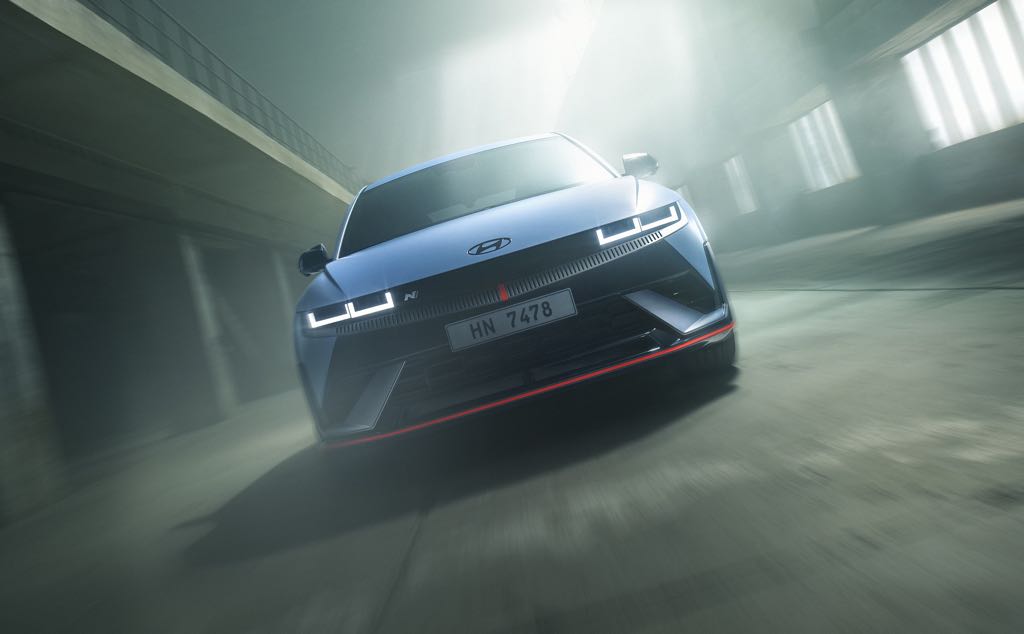
What electric vehicles bring today is what OTT has brought to the cinema industry. It was the disruptor, something that brought a flood of new content and stimulated creativity in the industry through new formats and ways of storytelling that were not feasible for the big screen.
Services like Amazon Prime and Netflix brought new artists into the limelight and breathed new lives into artists’ careers that perhaps would’ve fizzled out if it weren’t for a new platform.
Suddenly regional content is not so regional anymore, and “regional” movies are now made for a national or perhaps even international audience.
The price for this disruption is the old dog. Except for the big names, all the cinemas bled to death financially. PVR and INOX: 2 of the biggest household names merged to fend off the threat caused by the OTT platforms. While the pandemic did play a huge role in this, there is no doubt that the real long-term threat is the OTT platform, unless they adapt.
This is precisely what electric vehicles are doing today to the car industry. It represents tangible change after a long period of time. The switch to EV has put the car back in the spotlight after so many years of incremental “facelifts” and stagnation.
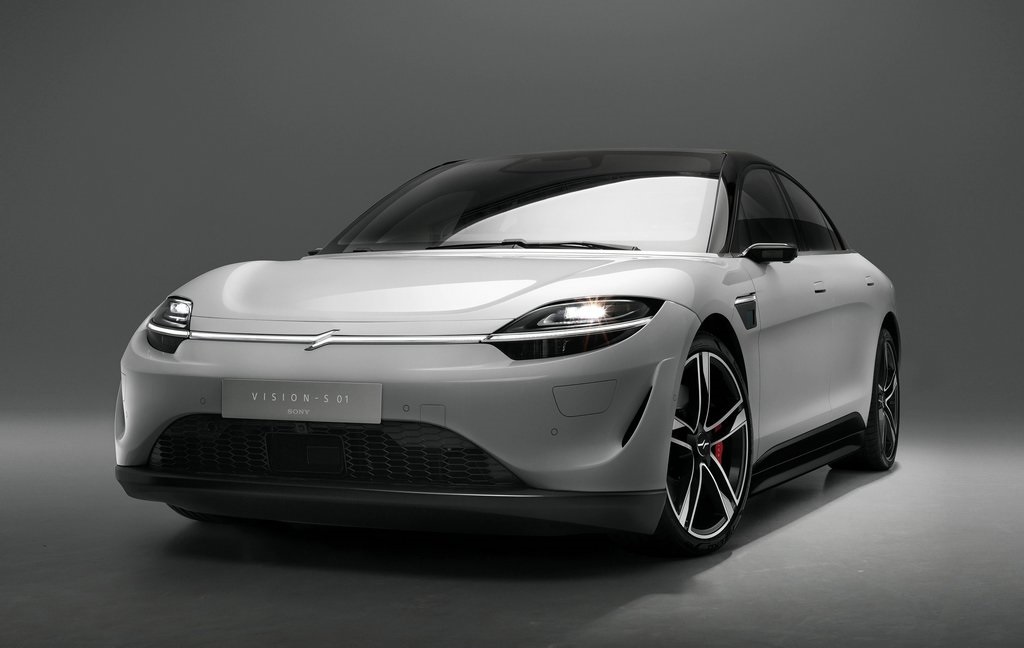
We have new startups going all in on electric vehicles, and household names in the electronics industry are now getting into the game. Sony launched their EV brand “Afeela” with Honda at CES 2023. Apple has been rumoured to be making an EV since at least the iPhone 6.
Even with the design, finally, it feels like companies are trying and are not afraid of failing.
Hyundai’s new designs for their electric vehicles look stellar with the retro-modern approach. With the Ioniq 5, If they did the same design for an ICE car and kept the interiors and everything like an ICE Hyundai, it would’ve felt like a hatchback version of a DeLorean instead of something exciting.
This sort of change fires up the hearts and minds of the incredibly talented individuals behind the legacy companies to create stellar products. More importantly, this industry now sees large percentage growth, someplace where pouring money promises huge rewards.
Legacy companies like Ford, Mercedes, and GM are returning to the drawing board and fundamentally restructuring their companies. I mean, Ford split into 2 companies to keep up with the rapid development pace of electric vehicles!
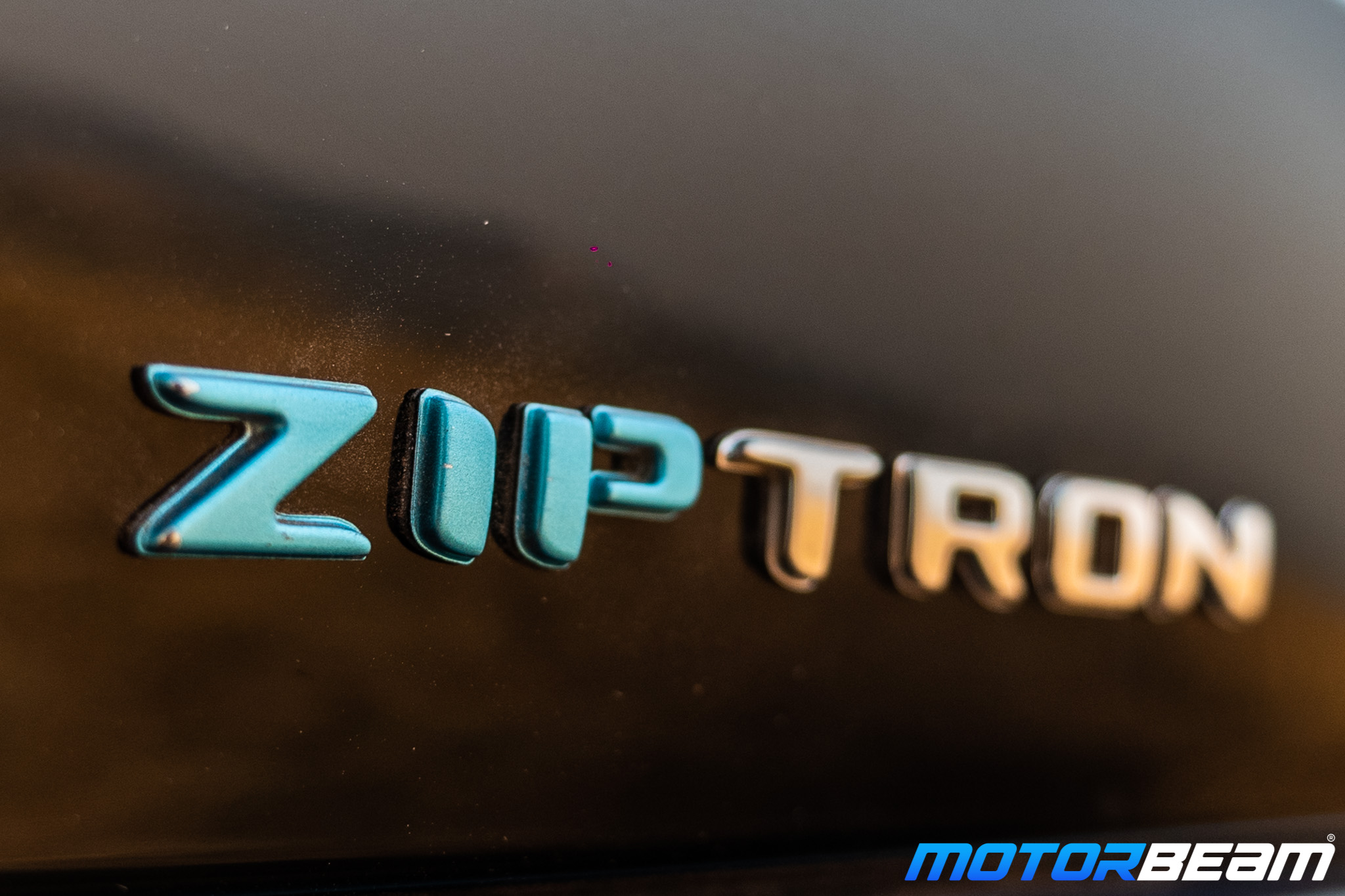
Even in India, Tata’s position in the EV market today makes it the best chance Tata has had in decades to make it big and perhaps even chase Maruti if they don’t develop a good EV lineup when we reach mass adoption. Ather & Ola are fresh entries into the 2-wheeler market that are also shaking up the industry and forcing others to respond!
Even in the ICE department, the supposed “last gasp” of the ICE closing in has fired up manufacturers to churn out some of the most amazing cars. The Nissan Z, Ford Bronco, Corvette Z06, Toyota GR Yaris, and many more models have been absolute treats to the car industry!
ICE cars are being made with passion again after many realised there may not be much time left.
Conclusion
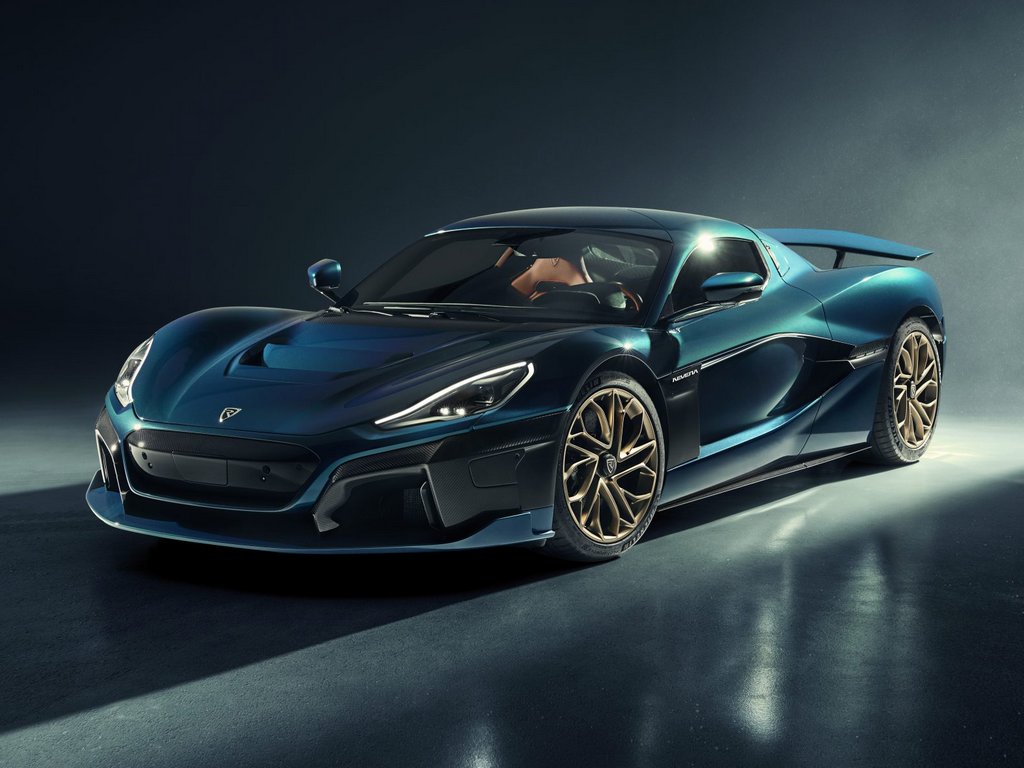
“What’s the deal with EVs?”. This is the question I set out to answer when writing this article. While many fact-checking articles generally tend to give out a certain anti-EV vibe, that’s not this. In fact, I think electric vehicles are really good at certain things, even if, in the worst-case scenario, they pollute as much as ICEs.
The instant torque from the get-go and the lack of a gearbox means that for novices, electric vehicles are very easy to drive and excel in city conditions with bumper-to-bumper traffic. All the tech inside these EVs, while giving them the lifecycle of a smartphone rather than a car, makes our lives quite easy with automation, many more nifty features with cloud integration, and even voice assistance.
The instant power and the low centre of gravity due to the batteries being placed at the bottom also make them perfect for mid to large-size sporty vehicles. Think of an electric version of the AMG station wagons. There is real potential there!
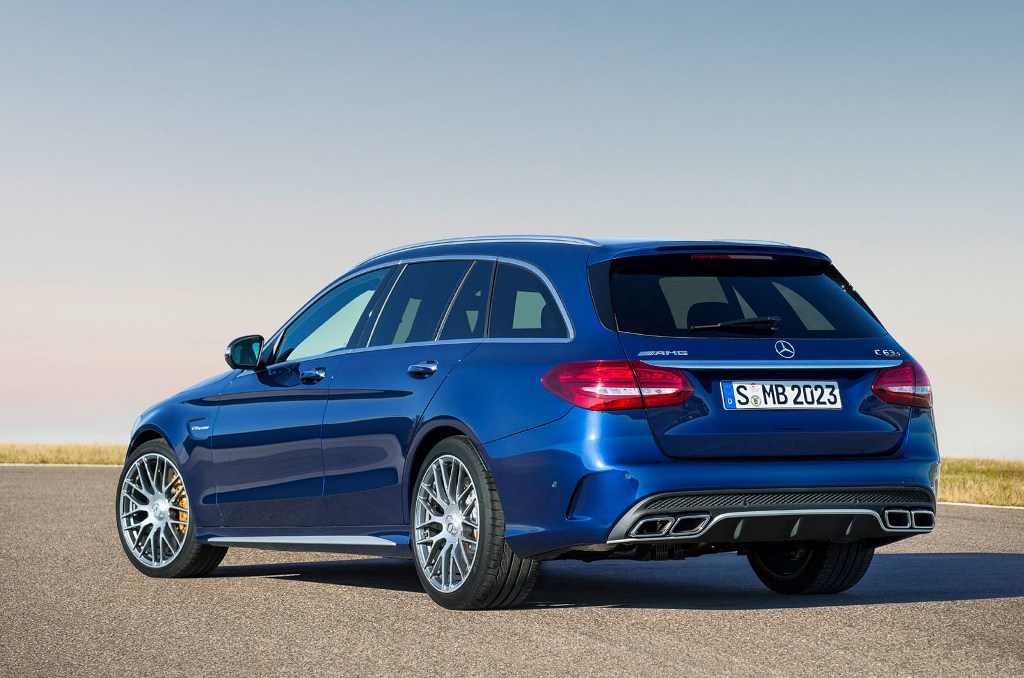
EVs also add more practicality to certain body types, like the pickup truck: which, with the front boot adds so much more practicality points than the ICE for casual urban users.
Moreover, regenerative braking is pretty useful in reducing particulate pollution from brake dust, which is, interestingly, one of the biggest sources of particulate pollution in a car!
However, the main issue I take with the EV situation is the perception that it is THE alternative, and we must switch to it completely.
ICEs’ efficiency increases at higher speeds, and their lightweight package makes them perfect for small cars. Moreover, the catalytic converters and all the exhaust trickery have actually made the air that comes out of the exhaust of some of these cars cleaner in some metrics than what goes in!
The trucks and heavy-duty equipment are sure to wait a long time before the batteries become light enough to make sense, so ICEs are of tremendous use there. More importantly, ICE vehicles will have a longer lifespan and don’t lose their effectiveness as much as a lithium battery during its lifespan.
ICE cars are also much easier to repair thanks to being protected by right-to-repair laws, which, by looking at the advancements in software and vertical integration, is very difficult for EVs.
Many questions and problems remain unanswered for this switch, and it does not make sense for every country to switch to EVs just like that fully.
In their current forms, ICEs are not that much more polluting than EVs. Yes, they do have their own problems, and they are not to be excused for that. I am not saying that one is better than the other.
I am saying that we must make many fundamental changes to manage energy and power to realise the “EV dream” fully.
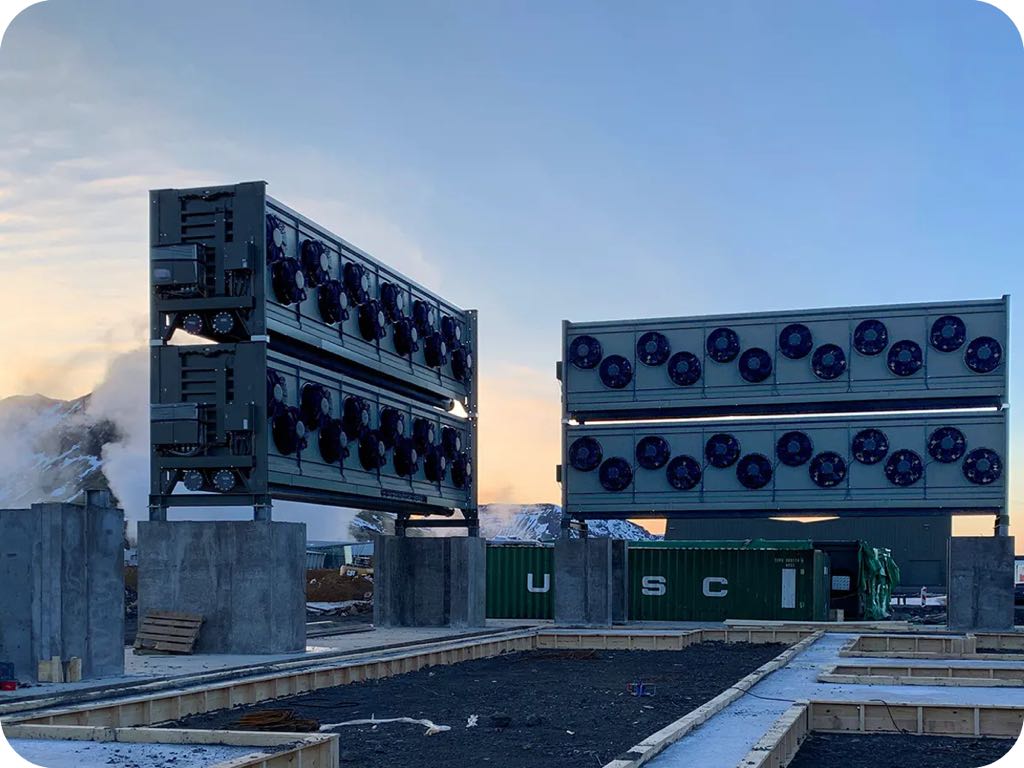
As I mentioned earlier, concentrating all the emissions from EV charging at the power plant is maybe not a bad idea if we can build carbon capture plants right next to them (the ones I mentioned in my offset article).
This could be a very nice way of offsetting the emissions caused by all EVs, but the infra for that costs a bomb and would need a lot of RnD even to reach the scale we need to realise this.
Still, that doesn’t solve the sulphur, NOx and other non-carbon pollutants that would litter the atmosphere and cause the same ICE problems at a large scale to neighbourhoods surrounding the plants.
All of these should also scale up in accordance with the power demand, and that is no small task!
I am encouraging that we take a bit more cautious approach and not start actively discouraging people from buying ICE vehicles.
If you want to buy an EV because it’s cool or it makes your commute easier, go for it! However, the environmental factor is something that needs further work on in India to make that a fully compelling argument.
The change in factory equipment and labour skills would mean that many people will lose their jobs over this change. We really need to ensure that EVs are reliable, long-term solutions to the pollution problem.
What is inexcusable is that we make the switch, displace thousands from their jobs, highly stress the power grid, and exponentially increase the E-Waste that is already being generated due to planned obsolescence and deliberate attempts to prevent repair, only to realise that all the change was for very marginal gains or none at all.
If you’ve made it here, thanks for reading on. I don’t expect everyone to read this fully. However, if you are someone who is looking to buy an EV, I really do urge you to read the full feature.
Until next time!


